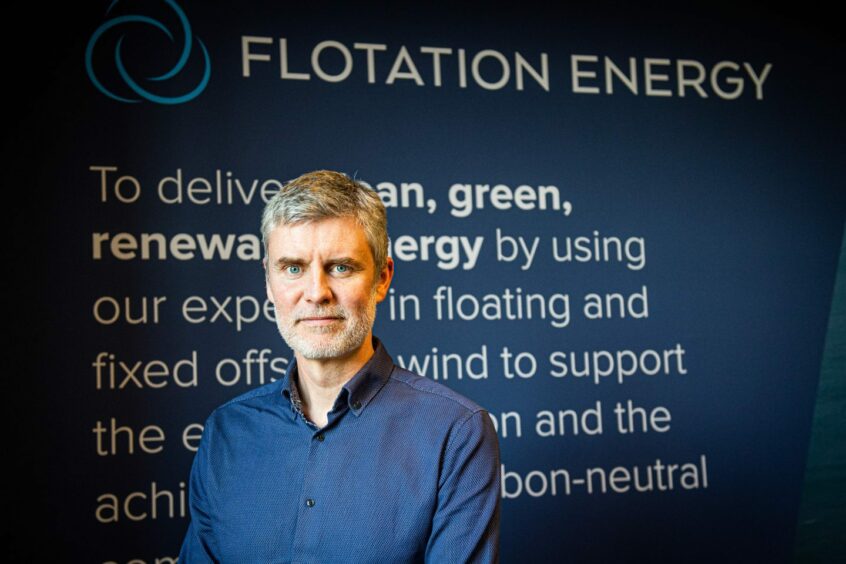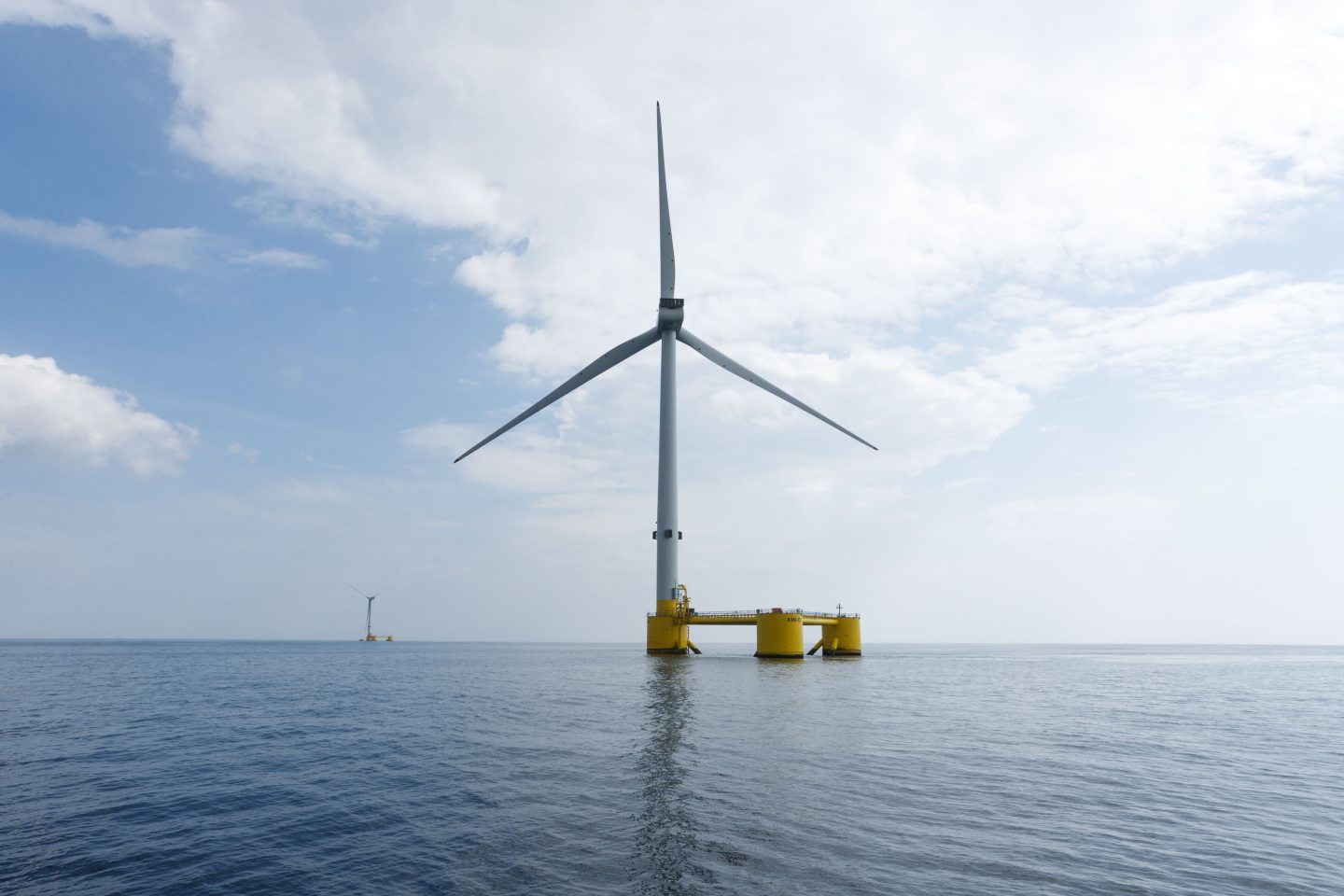
Floating offshore wind is the solution to the transition to green energy, with many tens of gigawatts of renewable power due to be generated in the coming decades.
The climate crisis demands that the UK and the rest of the world deploy renewable energy sources at speed, though of course, it’s inevitable that transitioning our energy system will take time.
24 million UK homes rely on gas boilers for heat and hot water, and around 40% of the UK’s electricity currently comes from gas-fired power stations; with many of our transport systems still running largely on fossil fuels. No matter the political will, oil and gas production and consumption are likely to lead for a while yet.
The challenge that faces us is two-pronged: transition as fast as possible, whilst also minimising greenhouse gas emissions from an ageing energy system that remains reliant on significant amounts of oil and gas. To balance these while creating a workable transition, the conversion of offshore oil and gas platforms to electricity generated by floating offshore windfarms offers a single, scalable solution.
Power accounts for around 70% of all offshore oil and gas emissions, so by supplying platforms with renewable electricity, operators can fulfil their energy needs while producing oil and gas with a much lower carbon footprint. Replacing polluting gas turbines with renewable energy will be key to the industry’s social licence to operate, making a valuable contribution to the UK’s 2050 net zero target. At the same time, these windfarms can generate cheaper, greener electricity for millions of UK consumers, which in turn will also accelerate the energy transition.
Through the North Sea Transition Deal, the UK Government and the UK’s offshore oil and gas sector have come together and agreed to cut offshore emissions by at least 50% by 2030. Achieving this target requires electrification.
One current barrier to this approach involves legislation that may enable oil and gas asset owners to hook directly into the UK National Grid. If allowed, this short-term gain for oil and gas owners would completely bypass offshore wind development; a catastrophic missed opportunity for UK industry and the energy transition.
These risks are threefold. Firstly, increased electricity demand on the grid is likely to increase prices further. Secondly, emission cuts would be much lower than in the scenario of electrification through floating offshore wind, which would not only provide power directly to the platforms to significantly cut emissions, but could also deliver many gigawatts of surplus power back to the grid. Thirdly, the UK would lose its competitive advantage as a global leader in the development of floating offshore wind, missing an opportunity to provide a just transition to thousands of oil and gas workers who have the necessary skills needed to construct and operate floating offshore windfarms.
These risks can be combatted by wind developers and oil and gas operators working together to lobby Government for more incentivised opportunities for platform electrification via floating wind.
With a strong appetite for decarbonisation already indicated by UK offshore oil and gas operators, the Government’s task is now to ensure it incentivises platform electrification via floating wind, rather than via the grid. Within the North Sea Transition Deal, the UK Government established a Government and Regulators Electrification Network (GREG), which works with industry to explore how barriers to electrification can be addressed. This Network must now urgently work to ensure the targets of the North Sea Transition Deal are met while optimising opportunities for the UK economy as well as the UK’s long-term climate targets.
By partnering with offshore wind developers to electrify platforms, the oil and gas industry can take advantage of the expertise and synergies within the UK’s burgeoning offshore wind sector. Through our partnership with Vårgrønn, our Green Volt and Cenos windfarms are on track to deliver power from 2027 and 2028 respectively. The renewable power generated will be available to decarbonise nearby oil and gas platforms offering a bridge to the green transition.
Delivering green energy to several platforms at once offers an economical solution to reaching net zero, eliminating the need to electrify individual assets. There is already a strong appetite for decarbonisation amongst UK offshore oil and gas operators, but this must be delivered at a pace to make a significant contribution to net-zero targets.
Find out more about Green Volt and Cenos electrification projects at www.greenvoltoffshorewind.com and www.cenosoffshorewind.com.
Recommended for you

 © Supplied by Flotation Energy
© Supplied by Flotation Energy